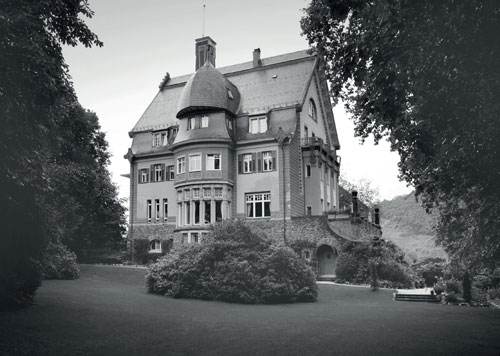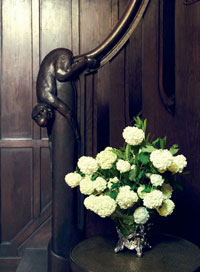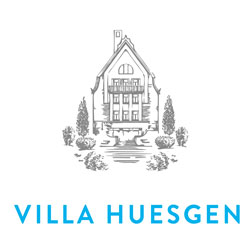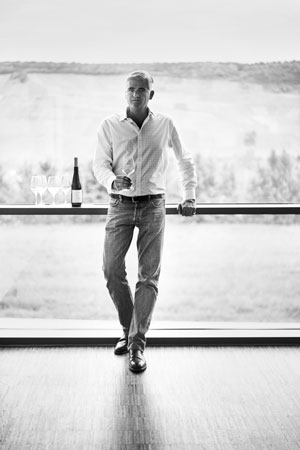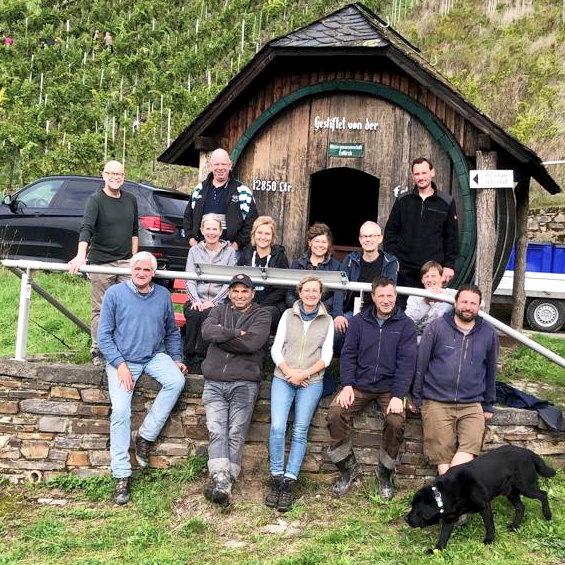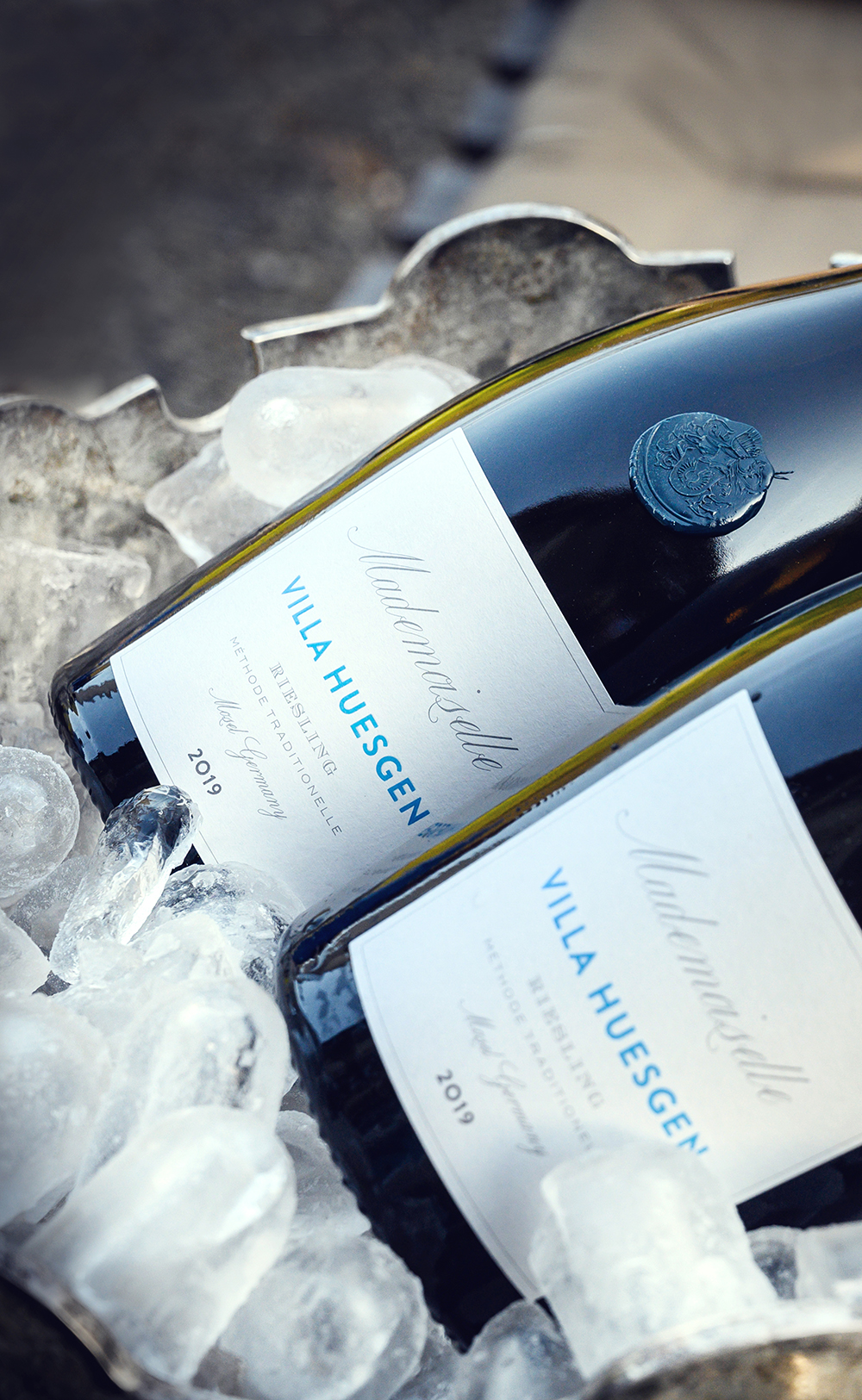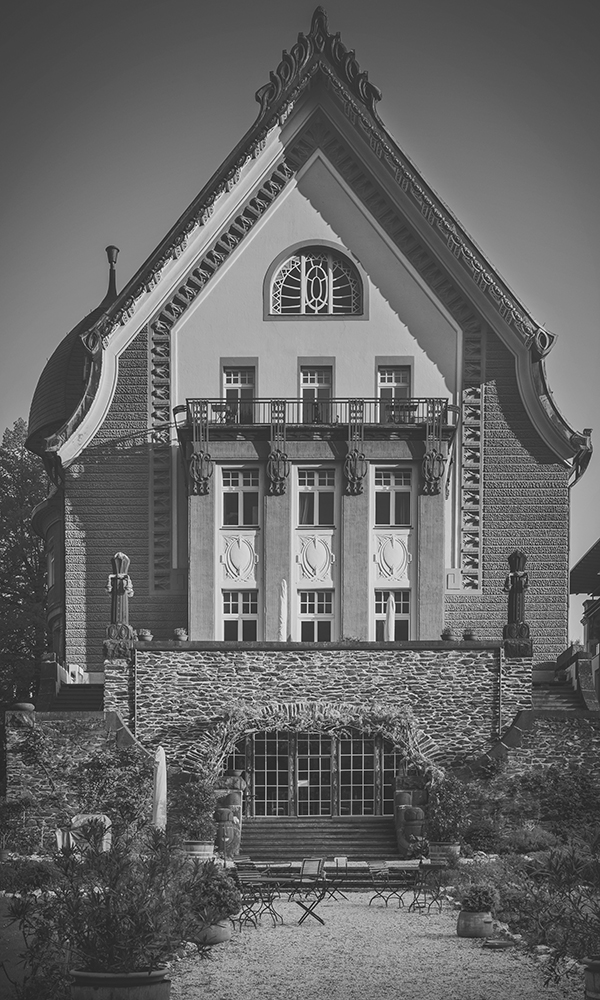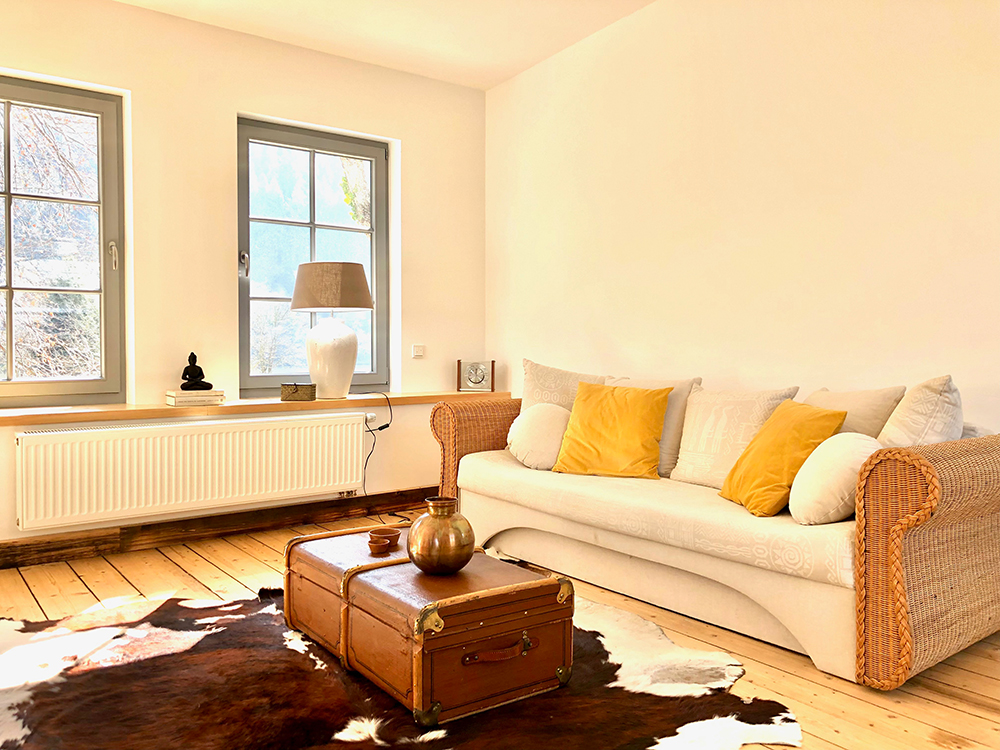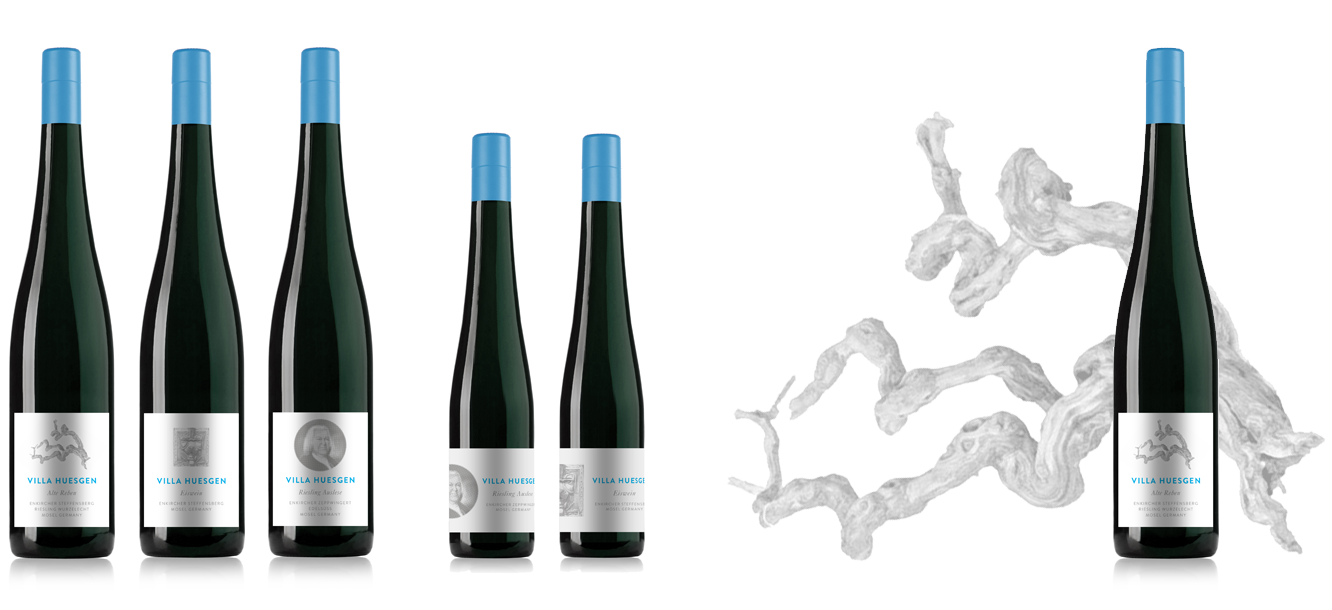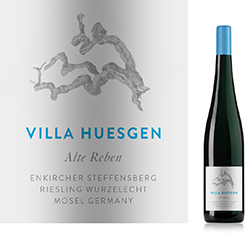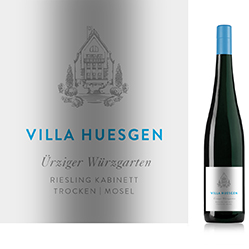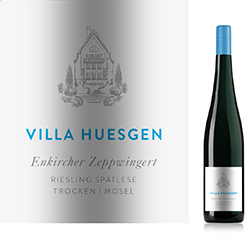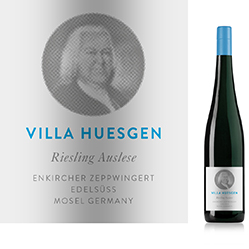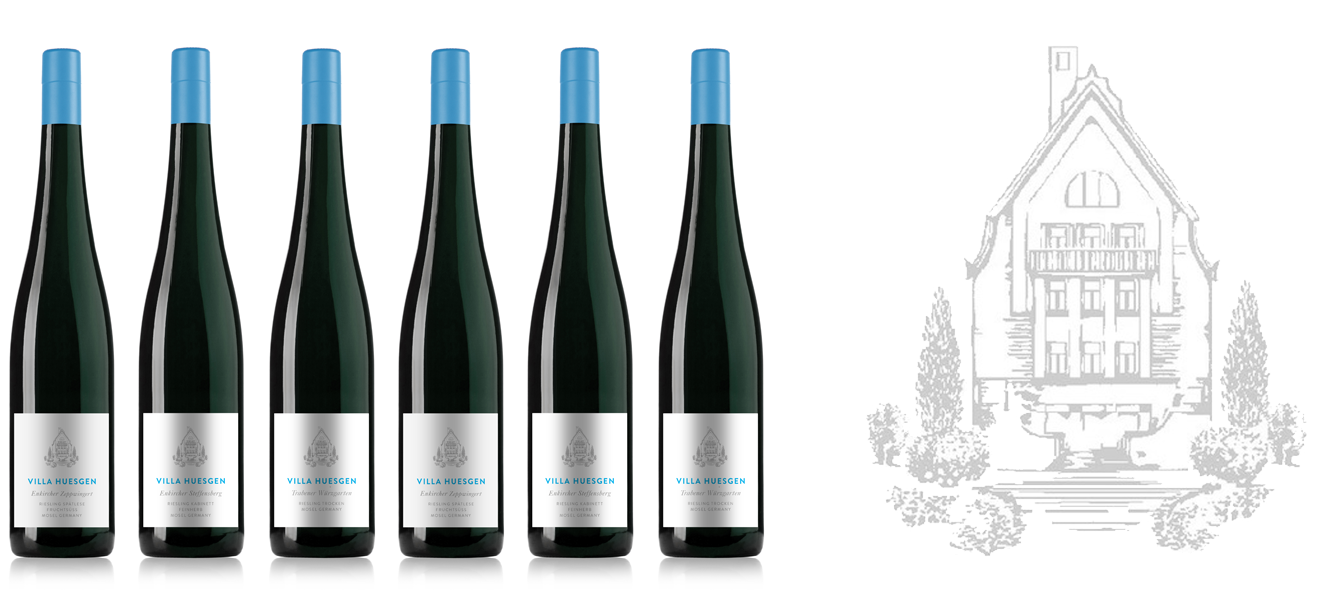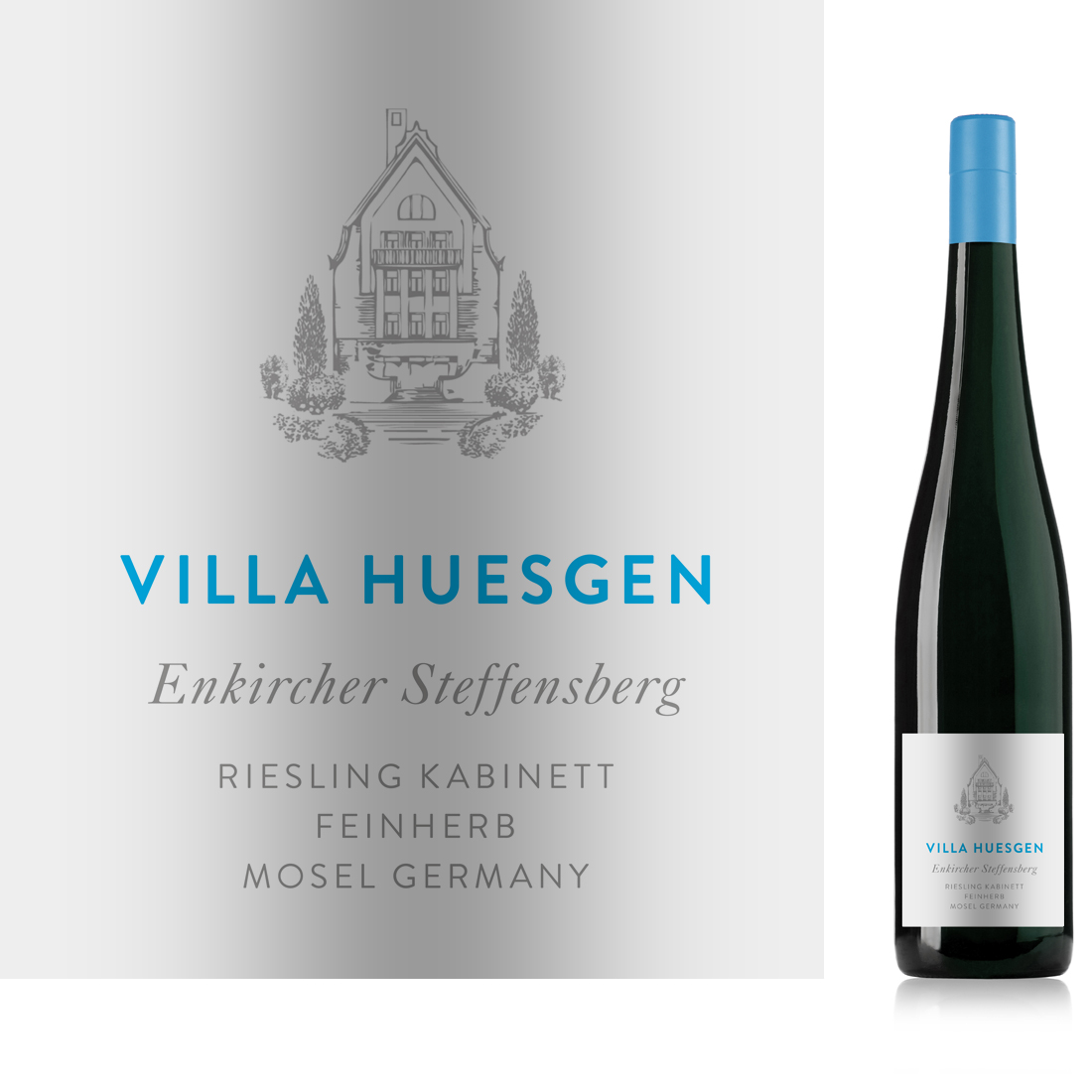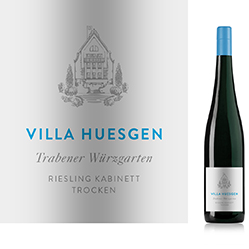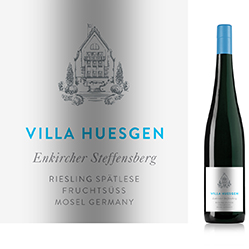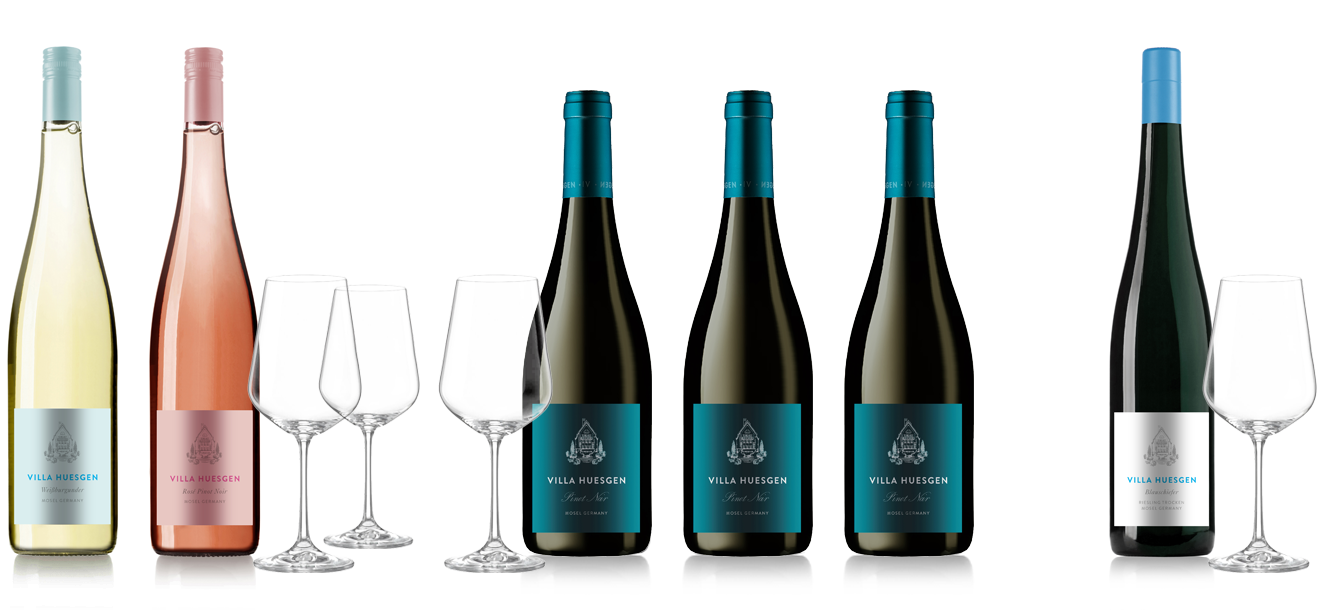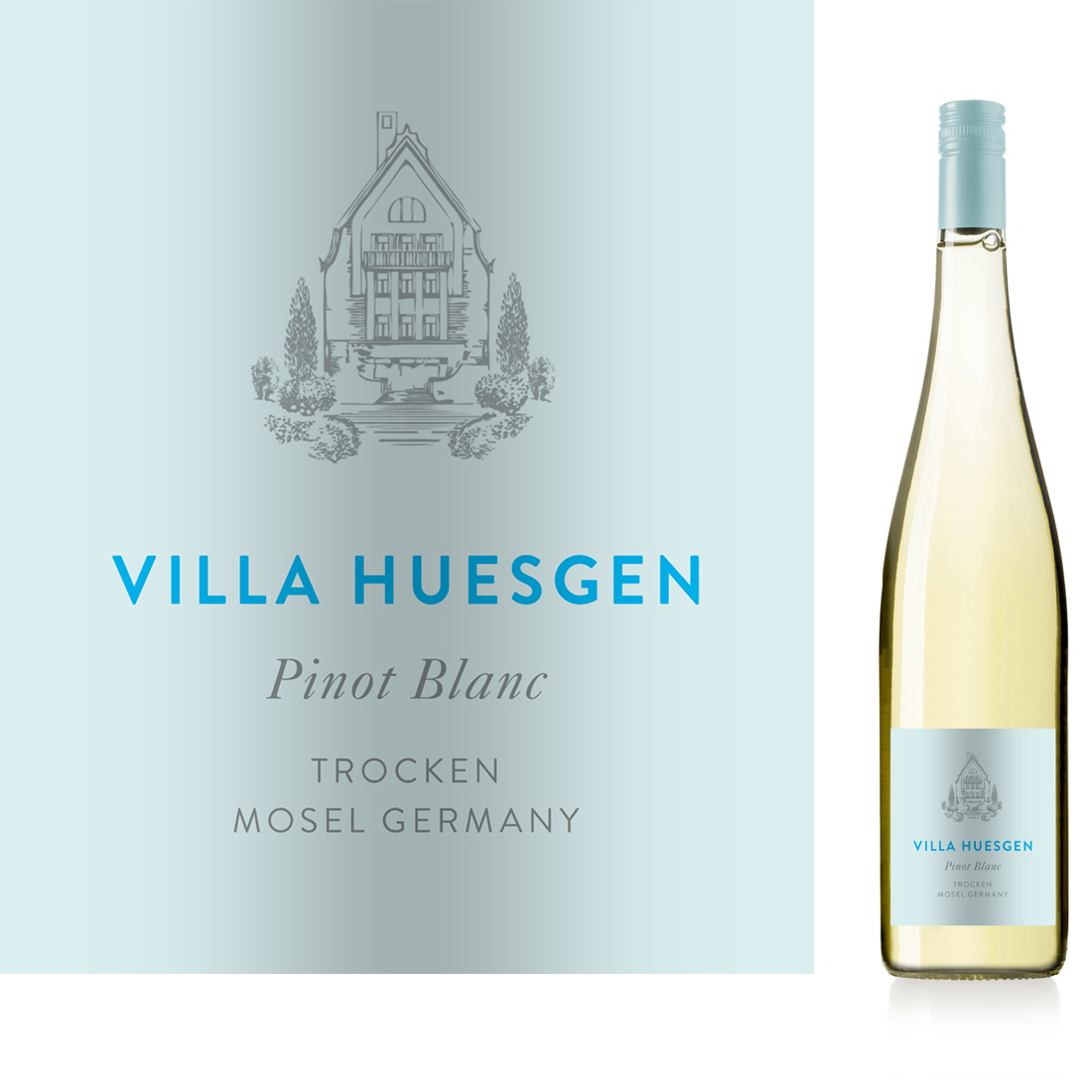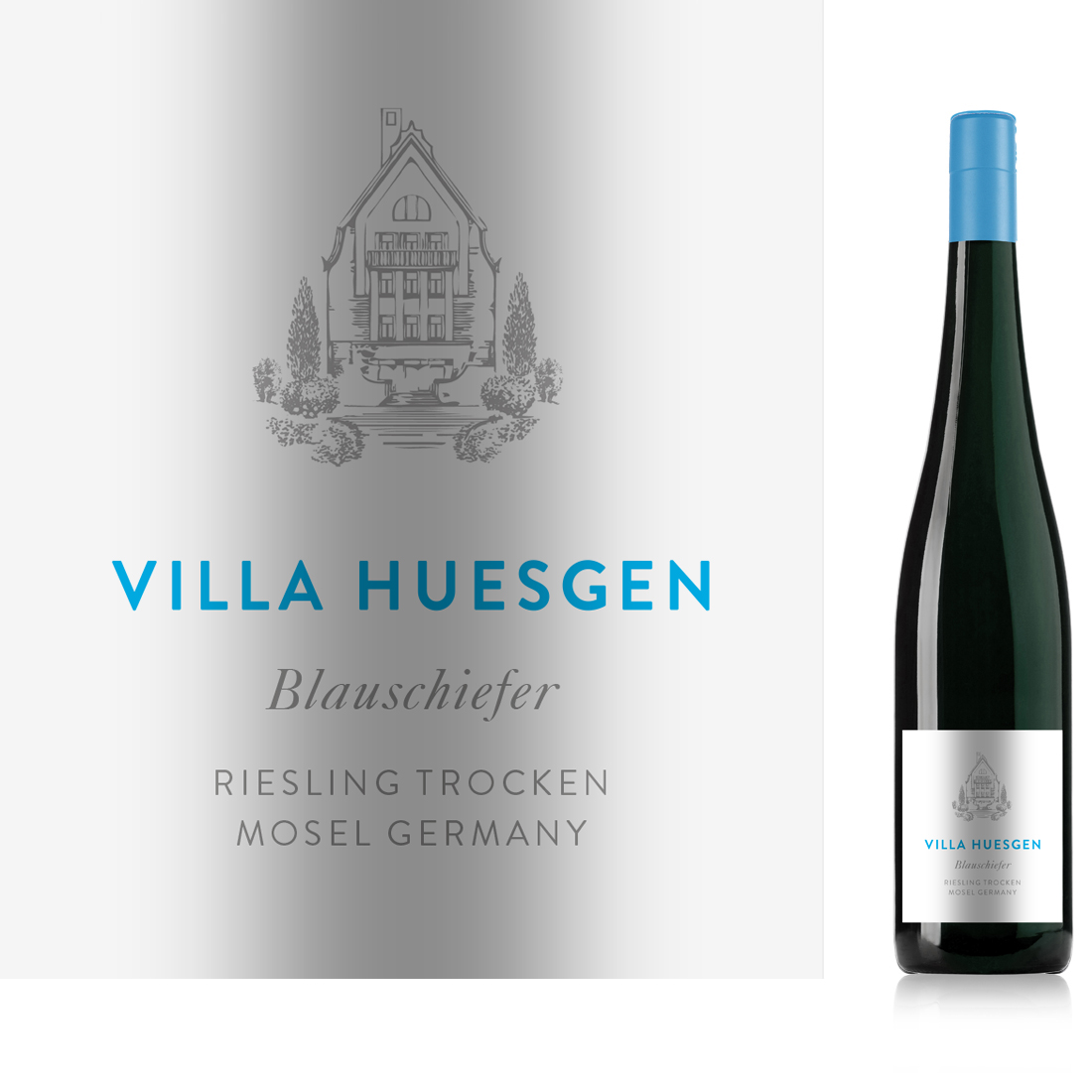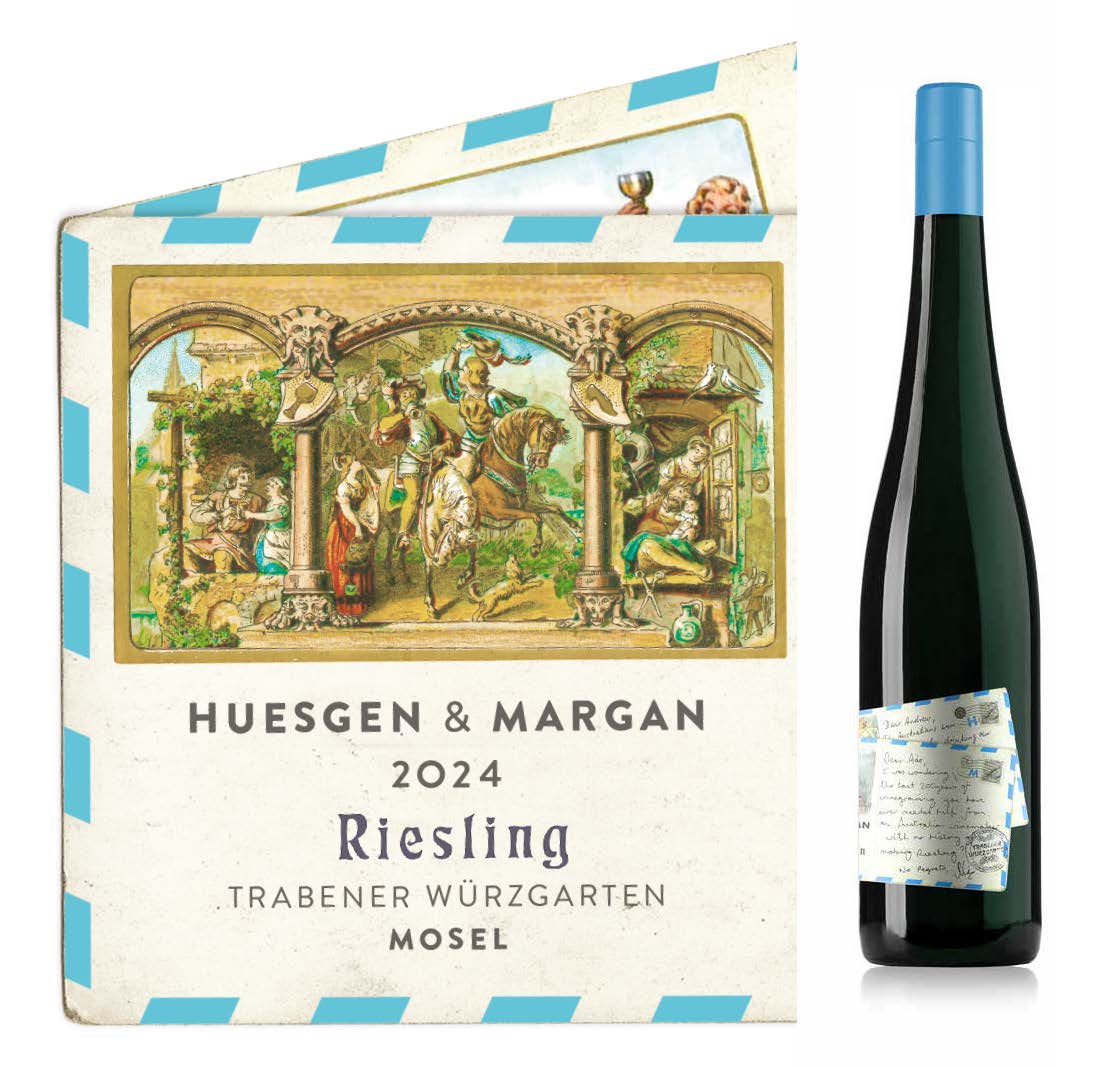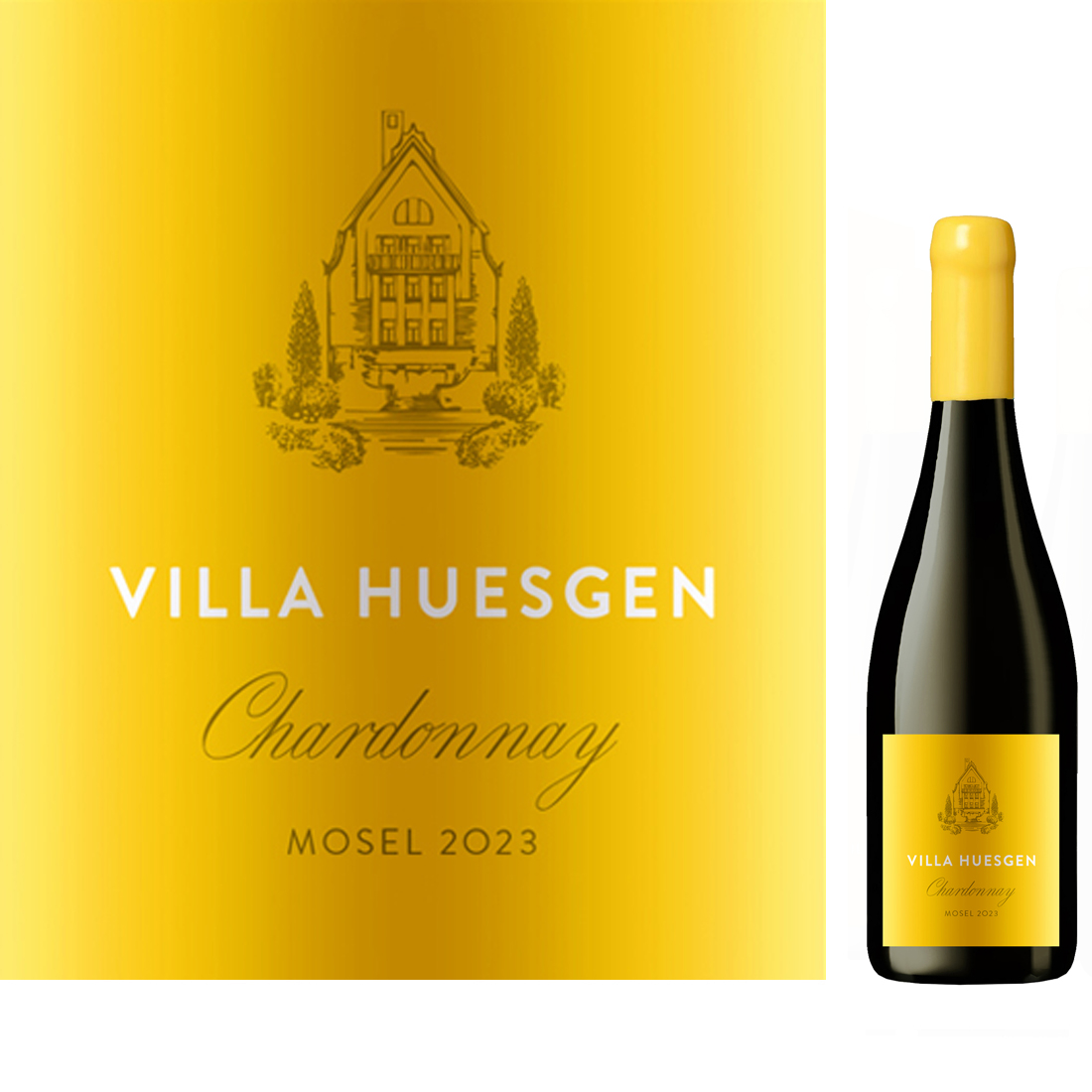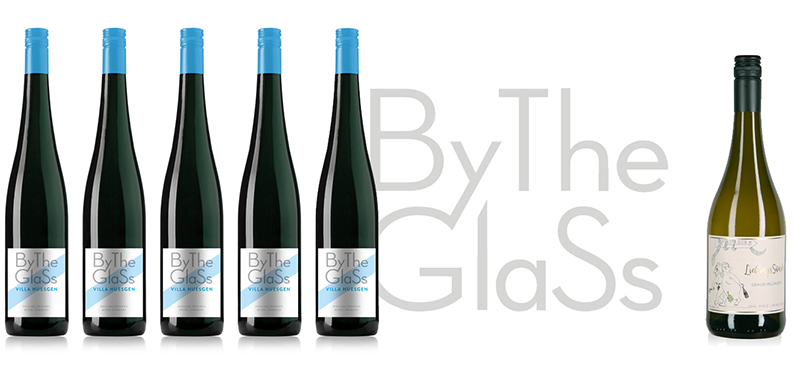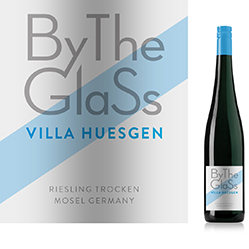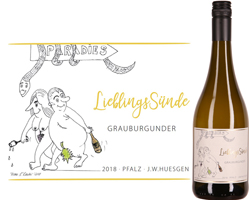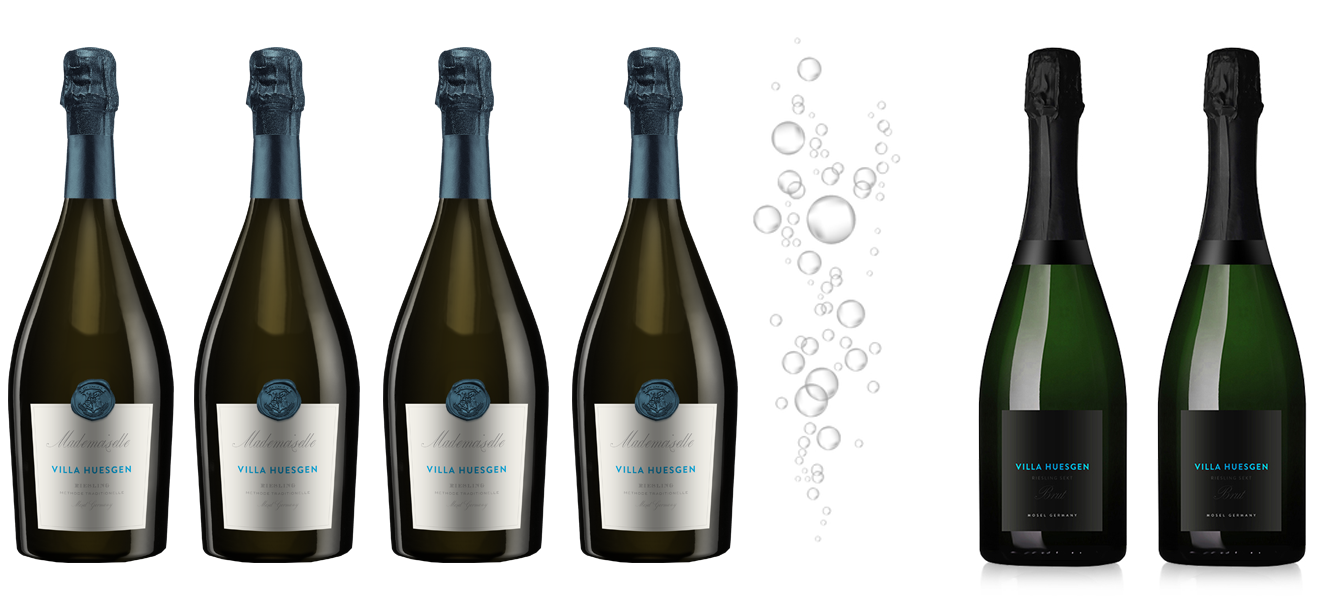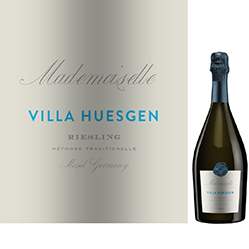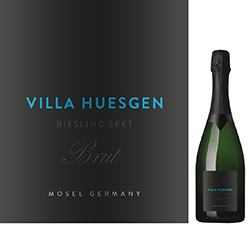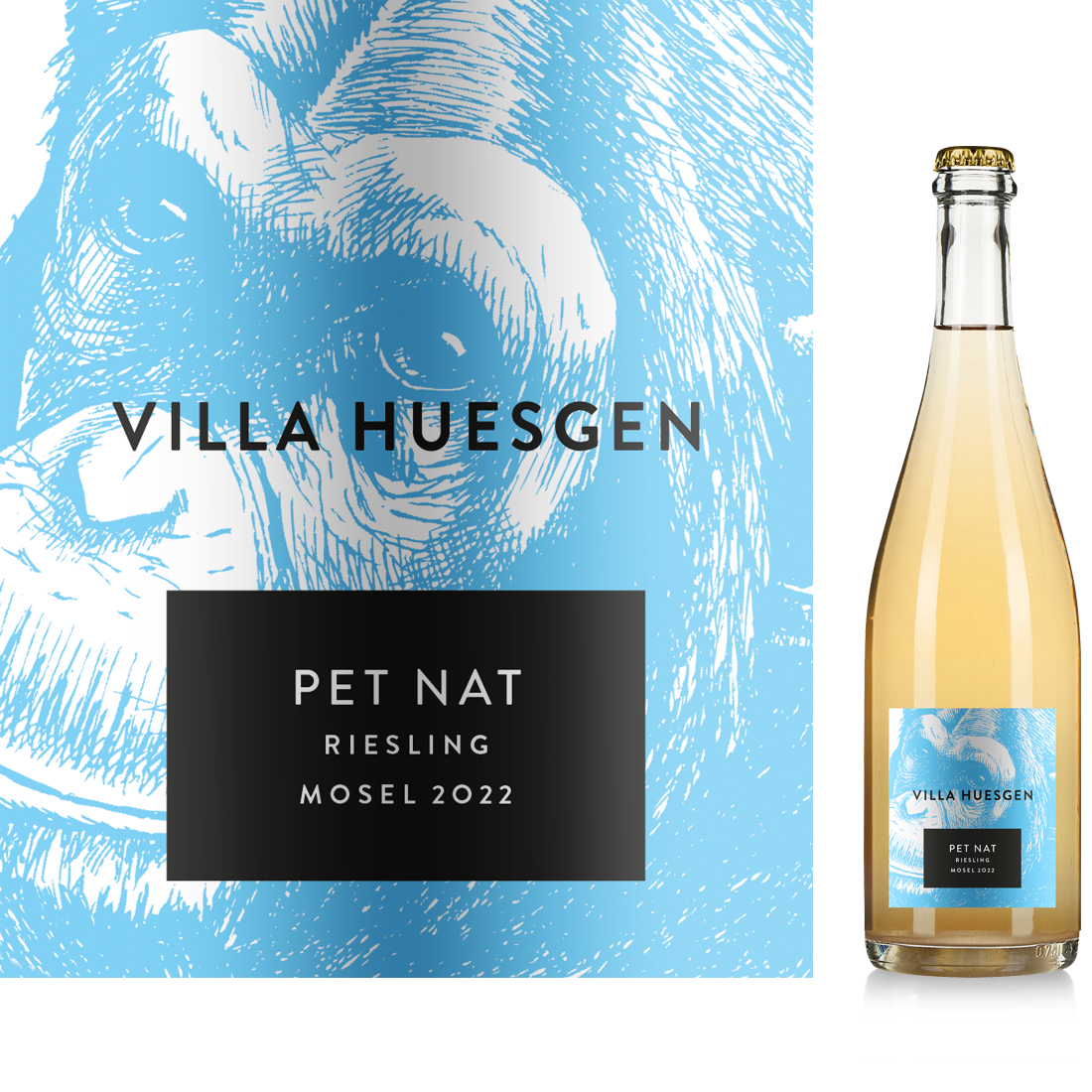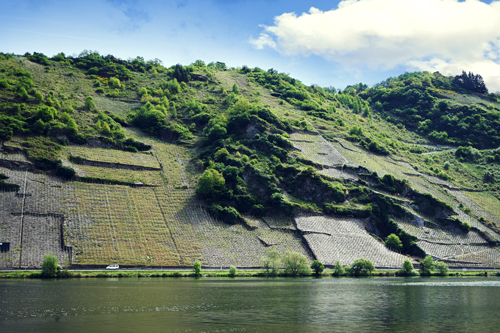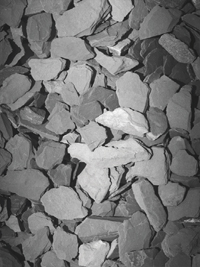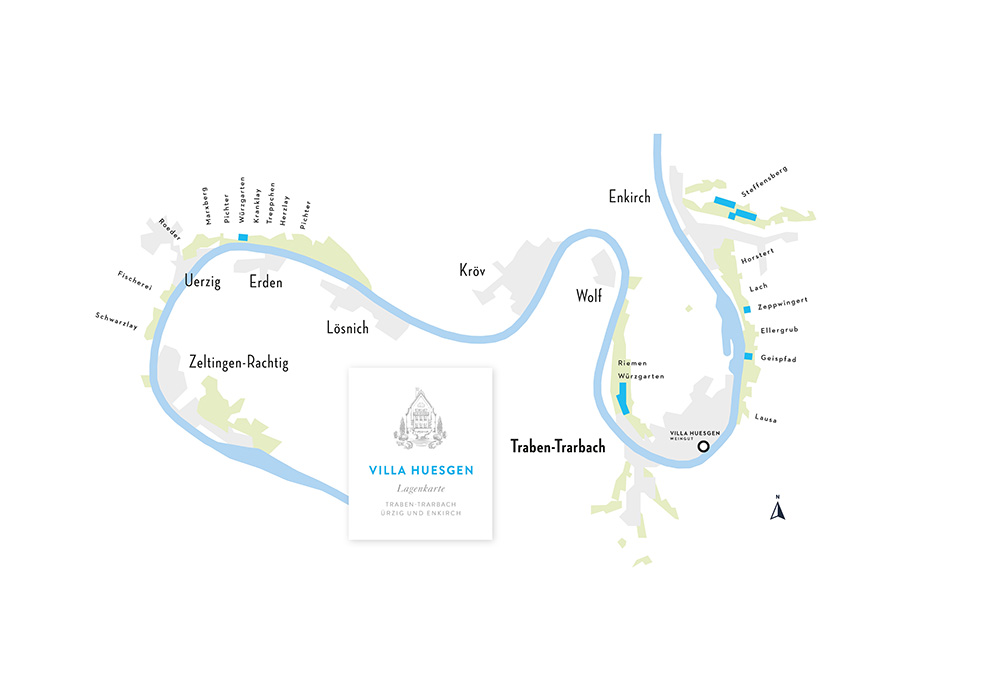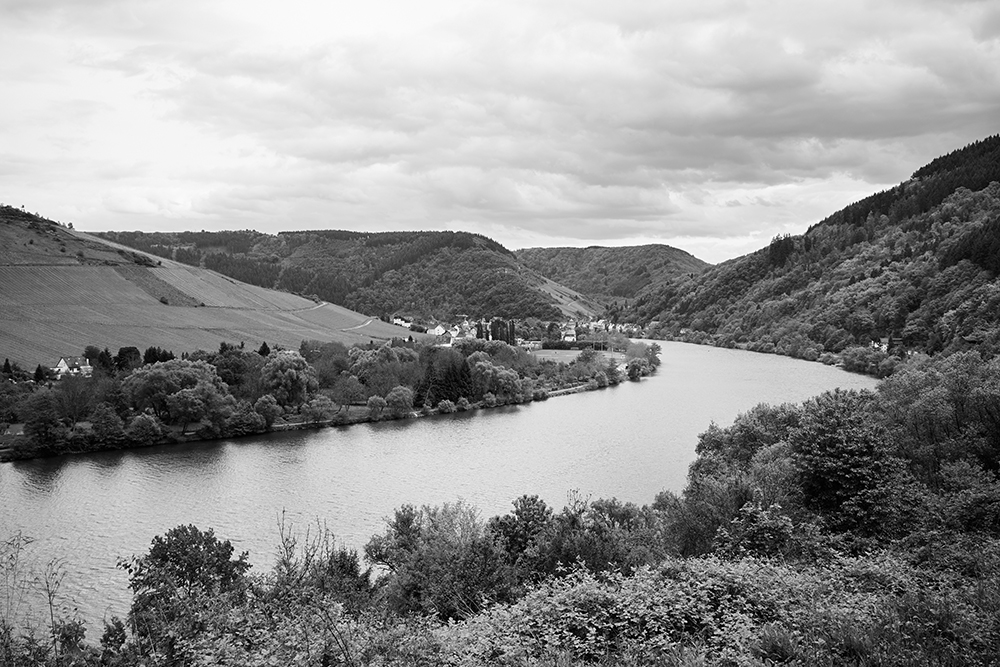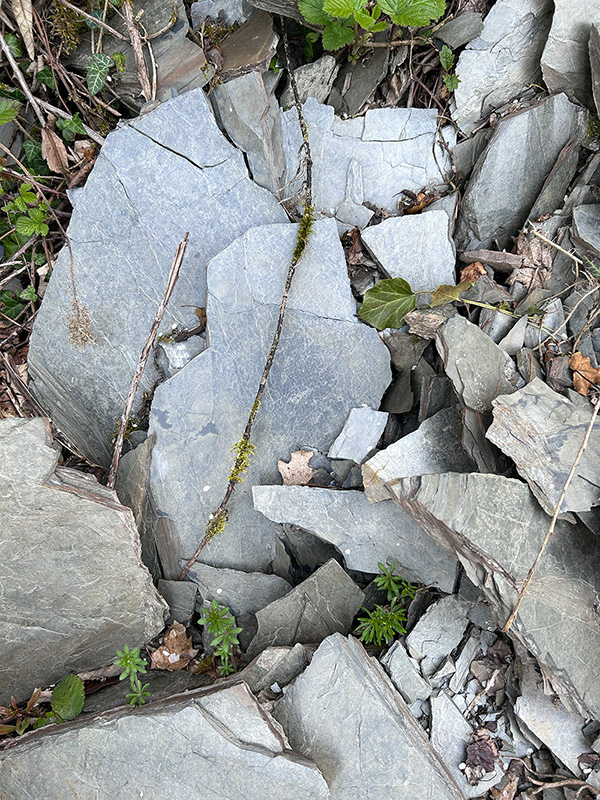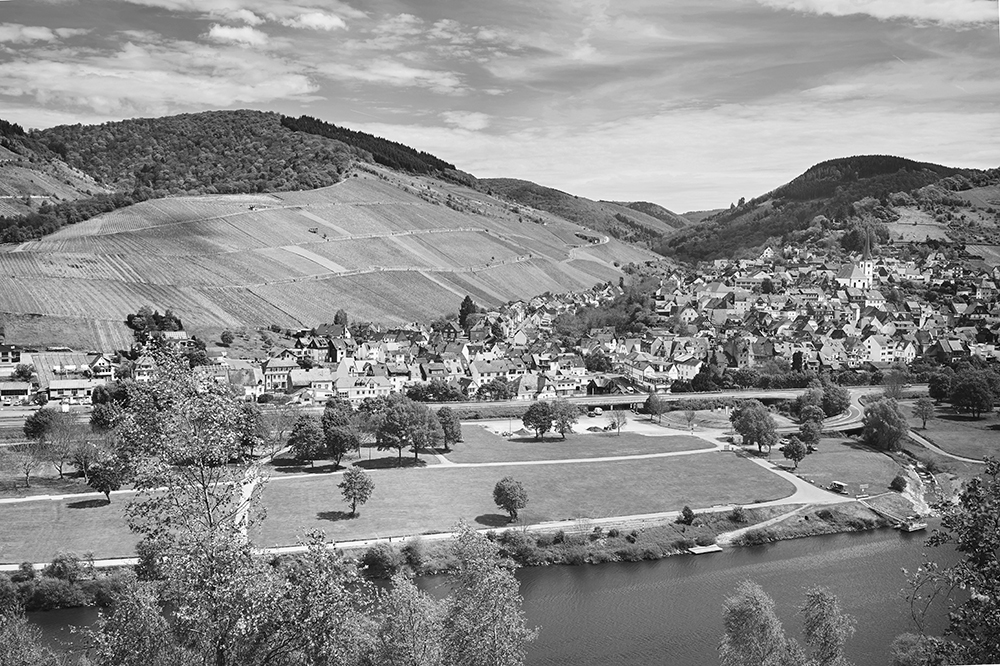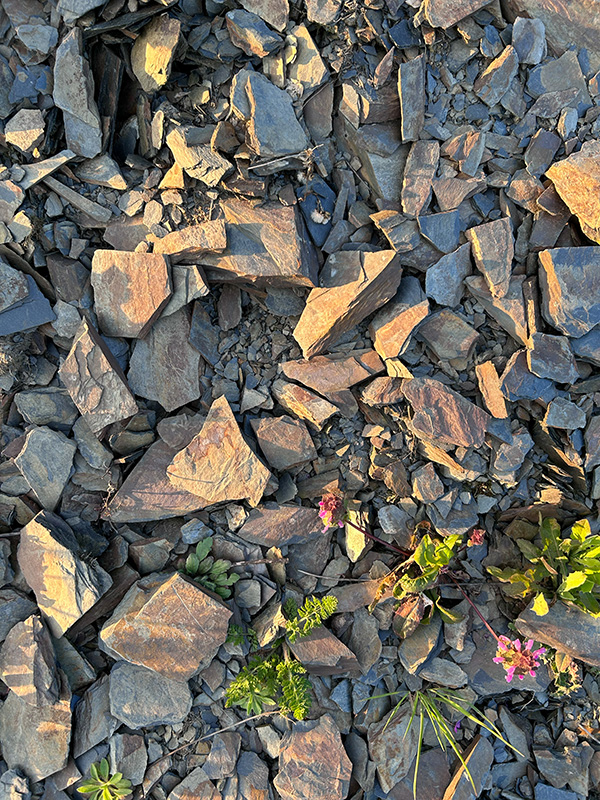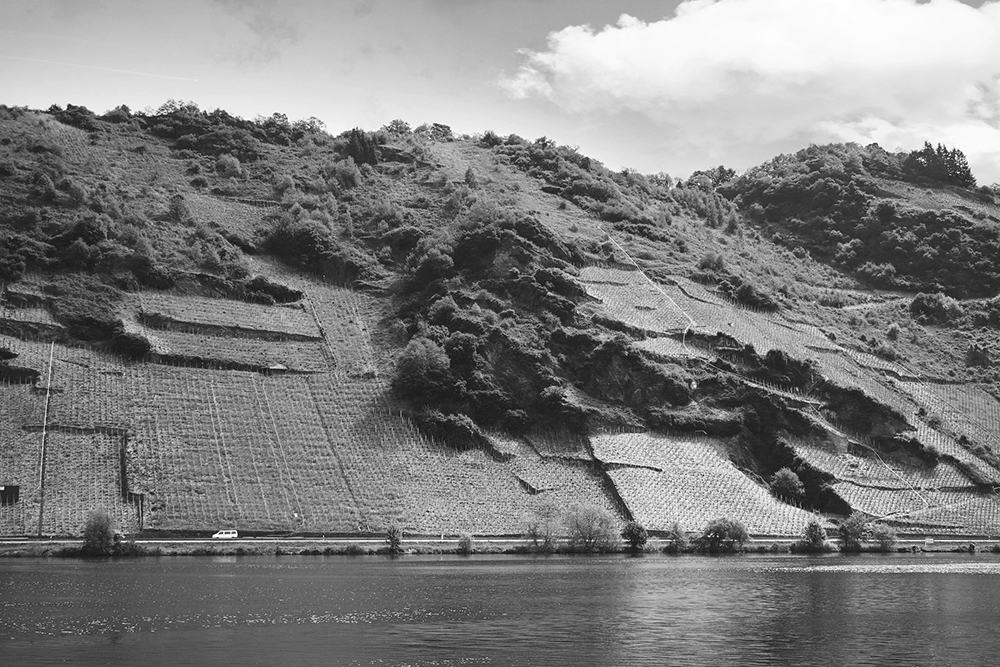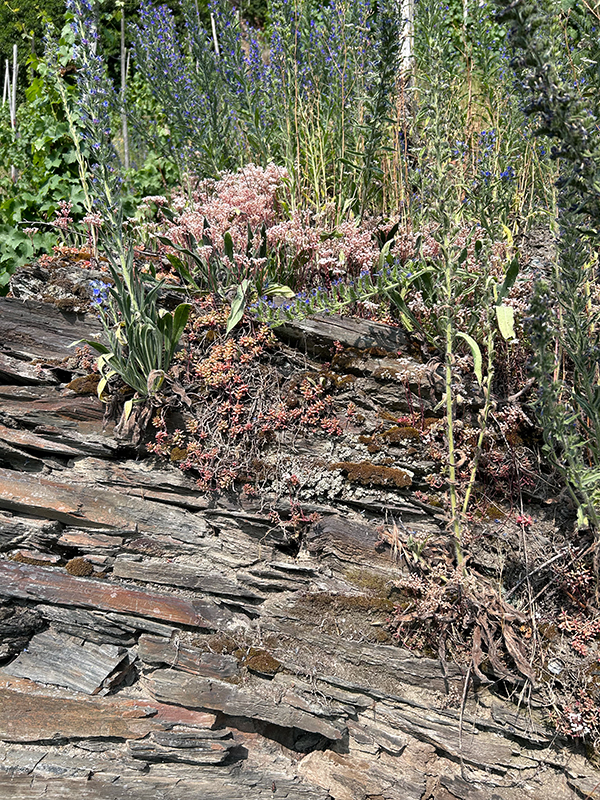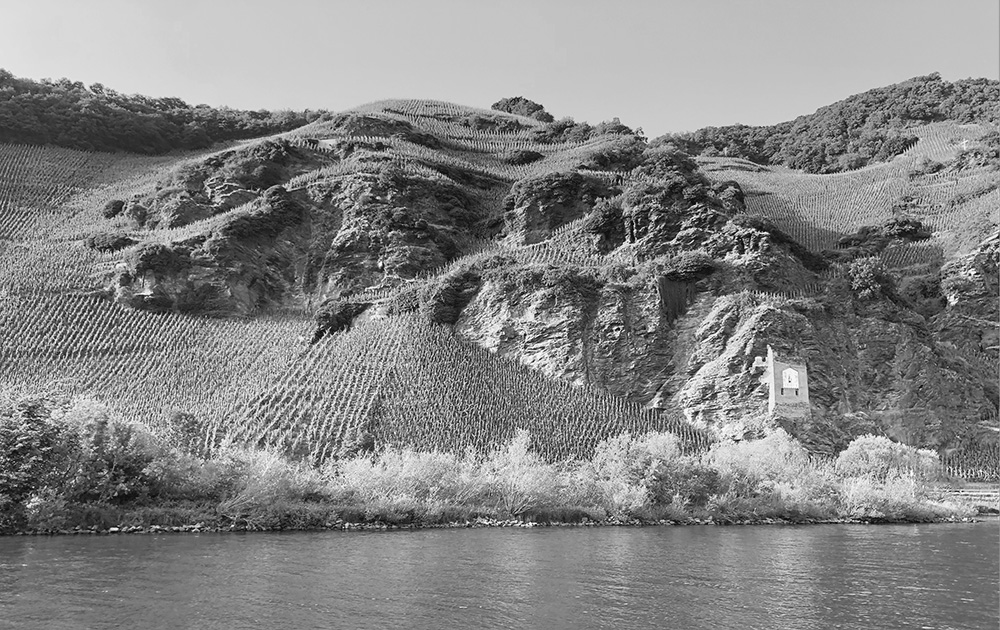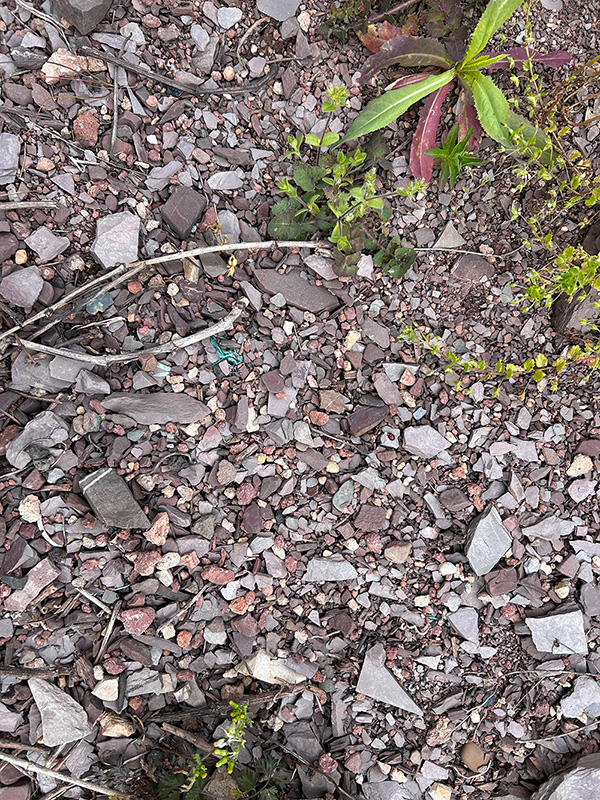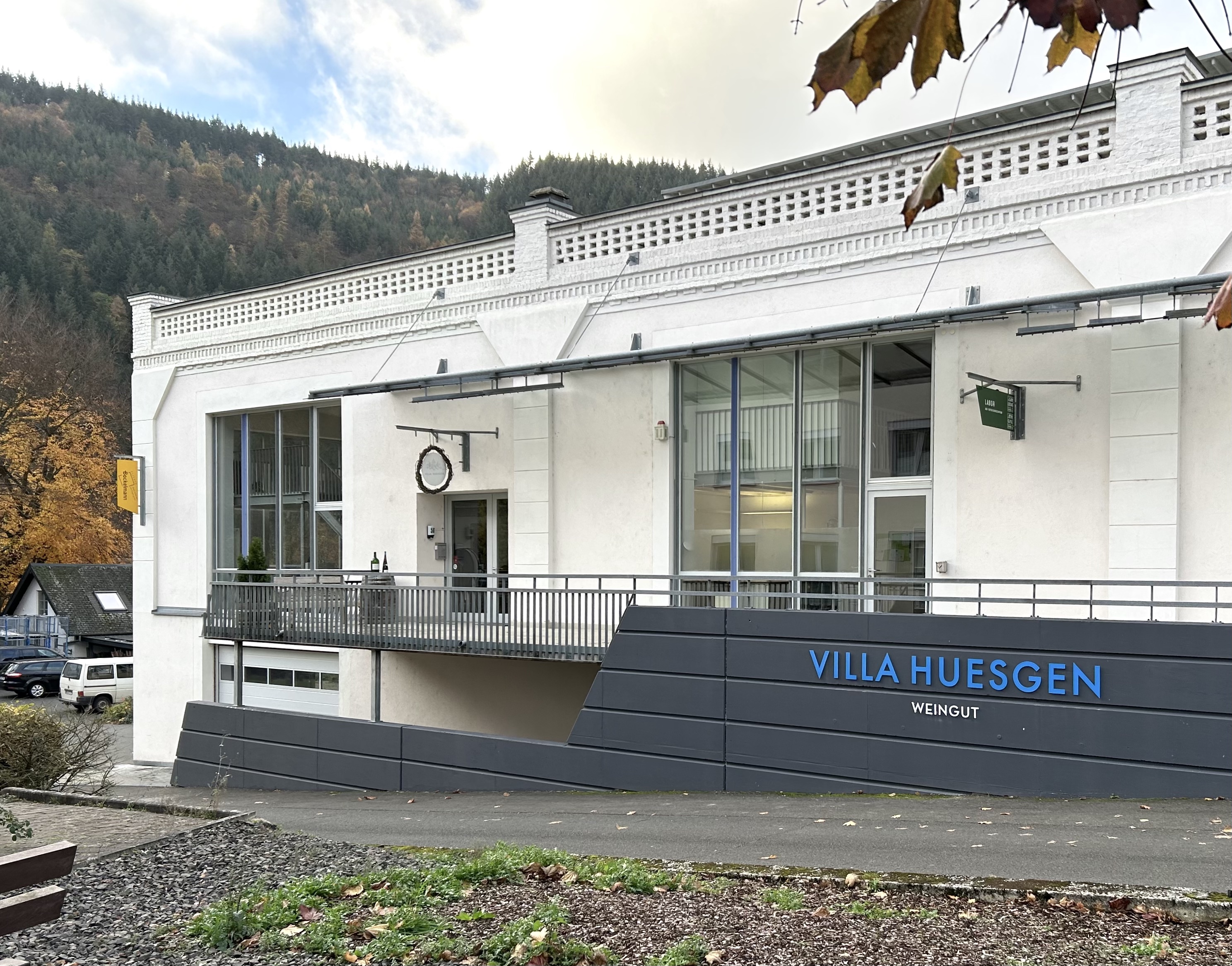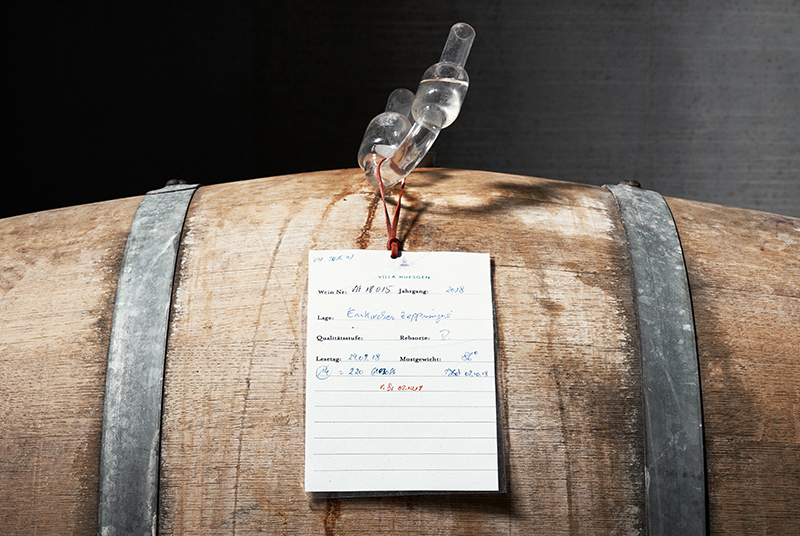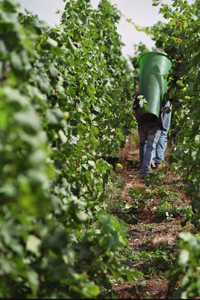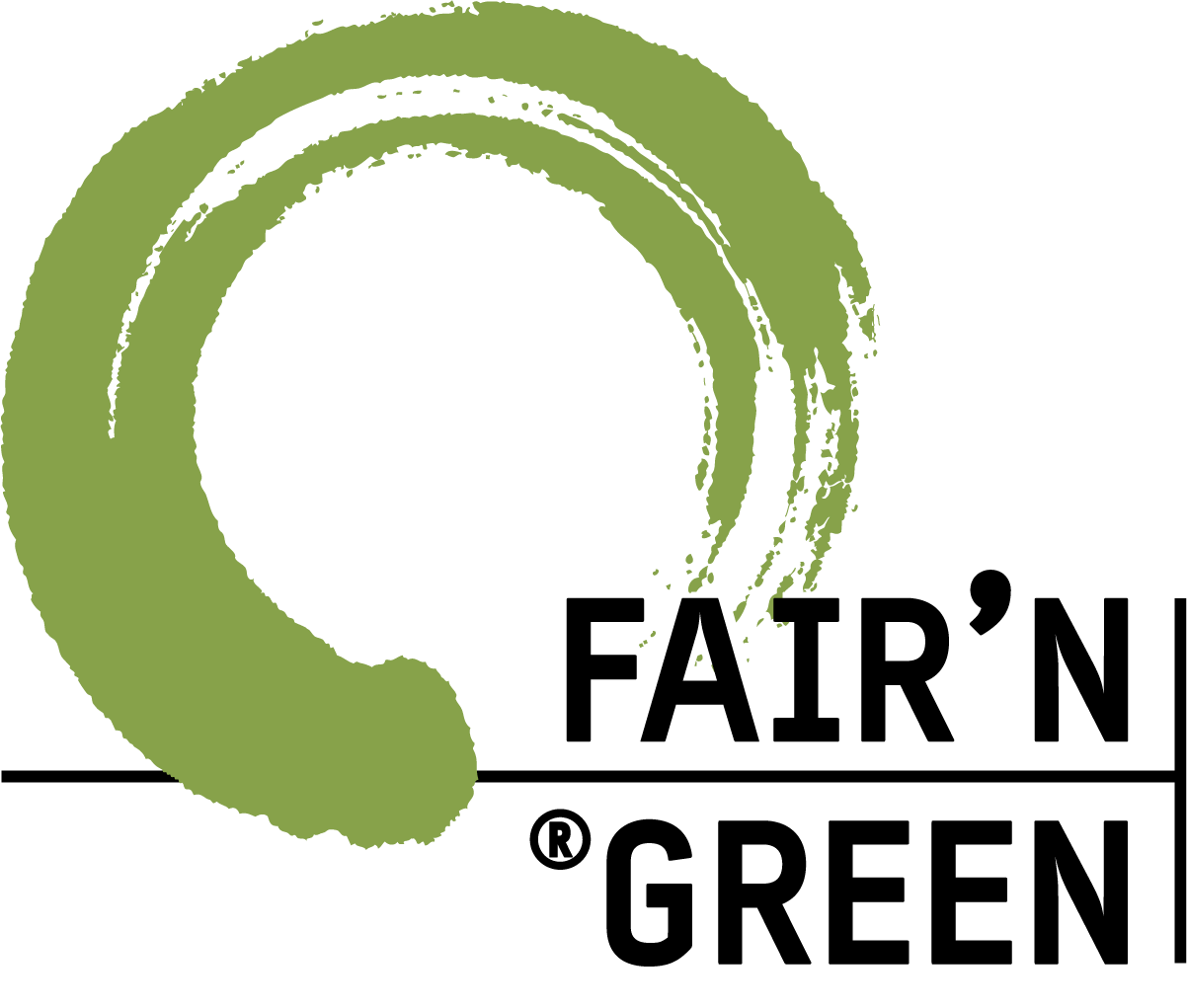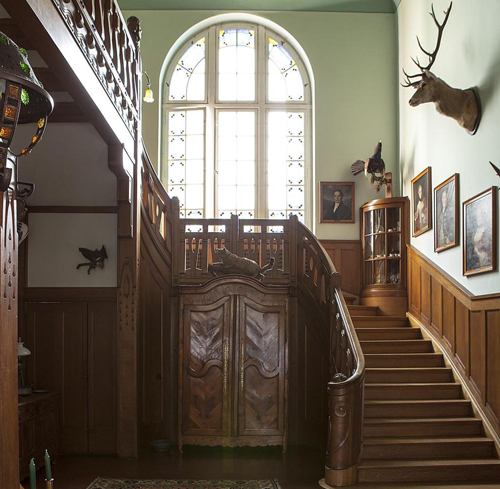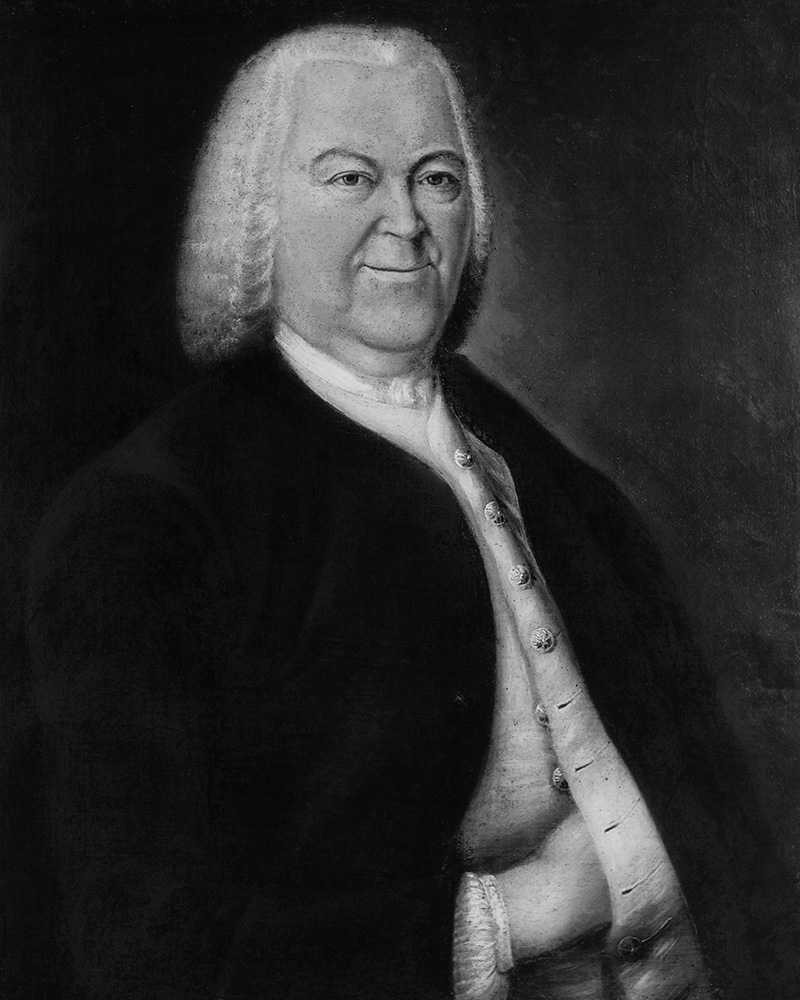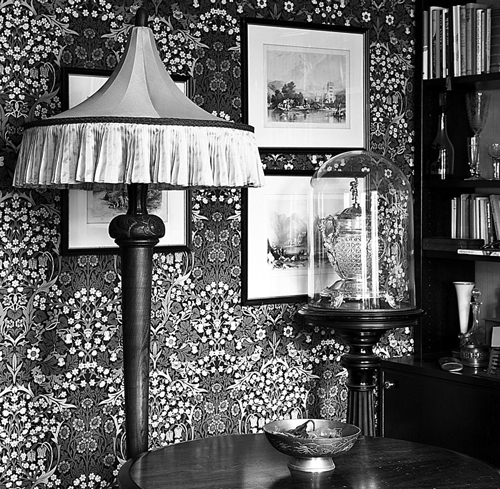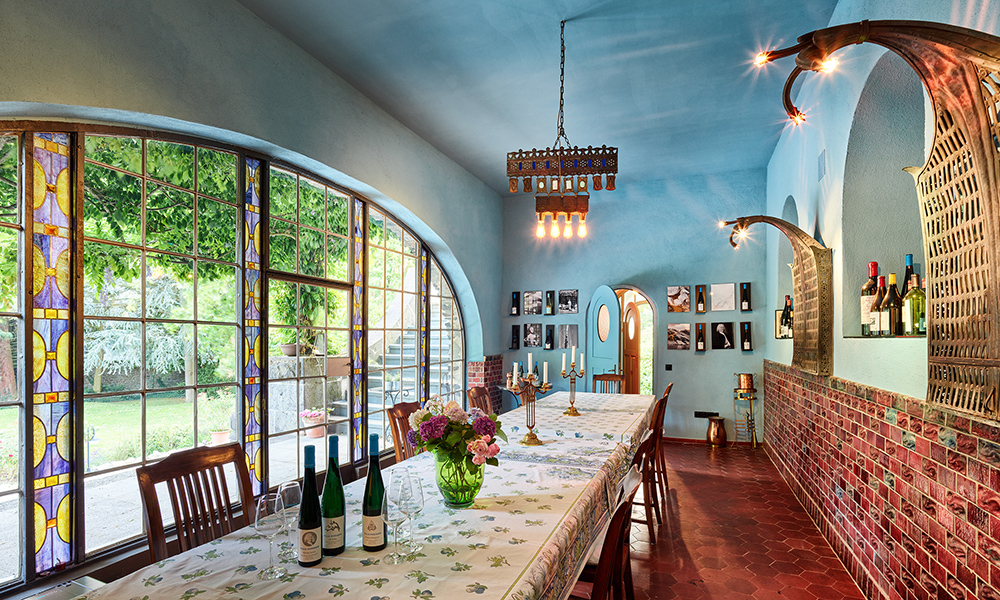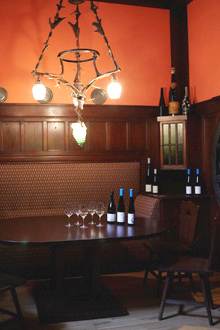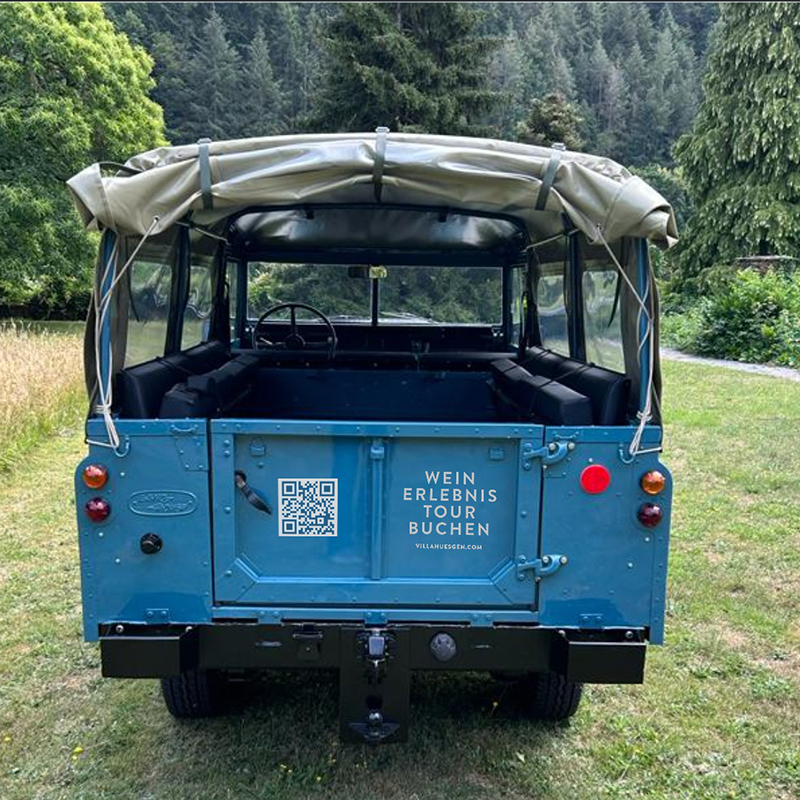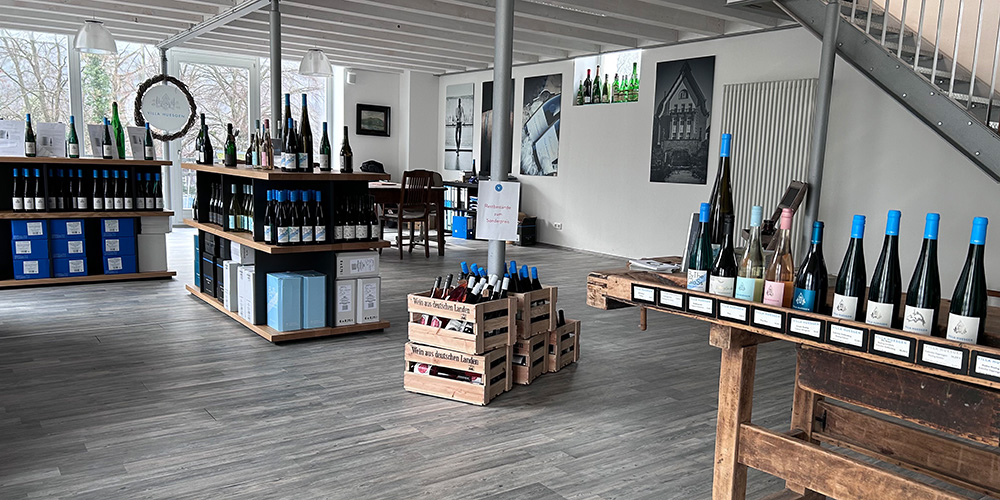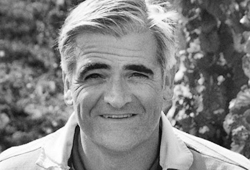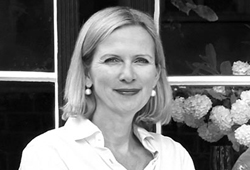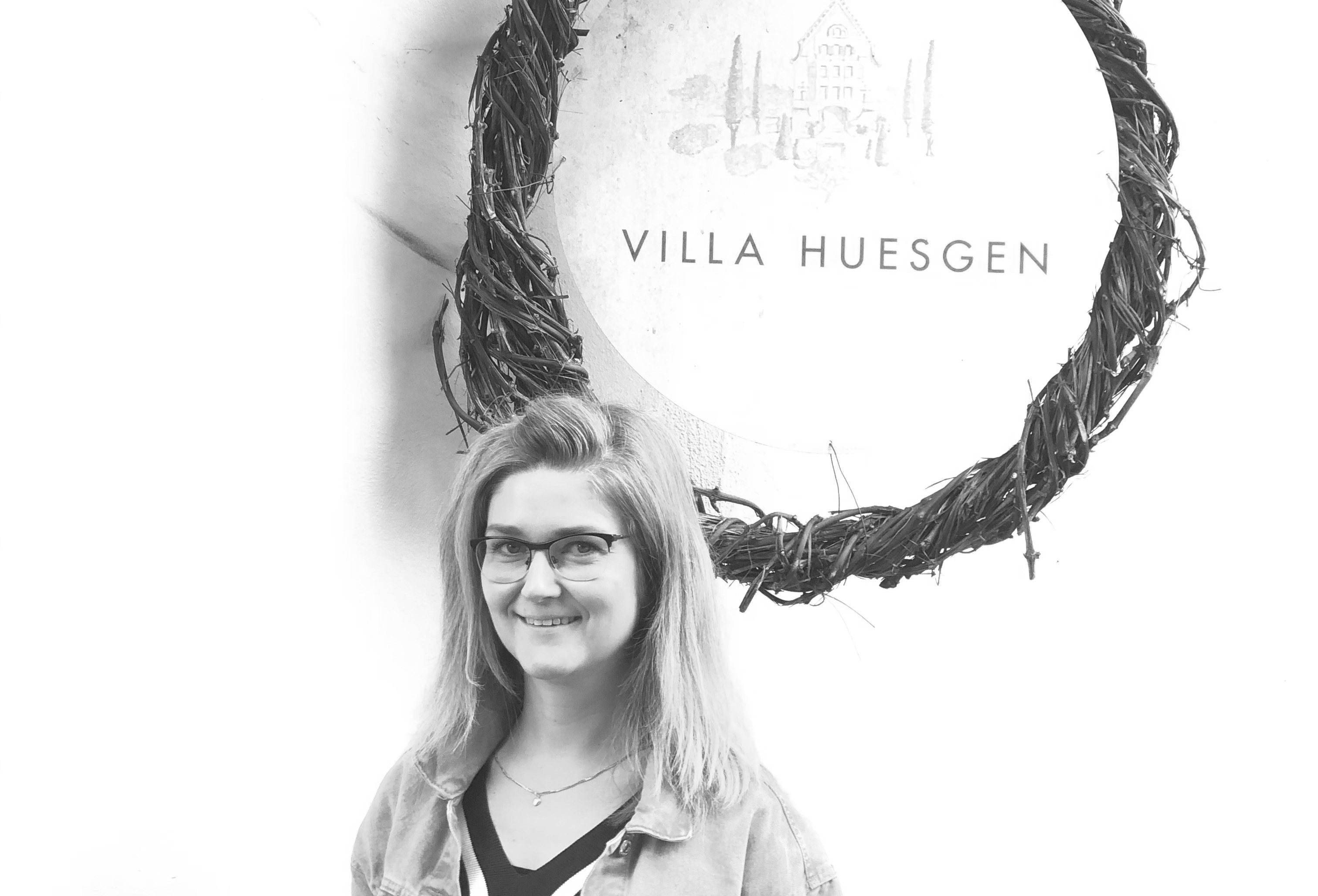Tradition
Pioneers since the 18th century
Johannes Huesgen I (1697-1762) & Anna Sophia Schneegans
The Huesgen family looks back to a history of several hundred years. In 1735, Johannes Huesgen moved from the Netherlands to the Mosel and founded the wine trading estate Huesgen. He and his wife Angelika Schneegans started a tradition to cultivate wines on the Mosel. He found new ways to connect his trade with the world while still being connected with his hometown.
Johann Wilhelm Huesgen II (1739-1782) & Maria Angelika Huesgen, geb. Scheegans (1741-1830)
While he expanded the estate with a 150 Fuder cellar and house in Trarbach located directly on the wine road to Frankfurt, the „Grand Dame“ represented the estate with charme, skill and charisma. Even after the early death of her husband she continued the business. Her portrait stands for all ladies and mademoiselles of the Huesgen family and is used as role model for the Mademoiselle Riesling Sekt Méthode traditionelle.
Johann Wilhelm Huesgen III (1778-1862) & Christine Huesgen (1788-1817), geb.Böcking
Johann Wilhelm Huesgen III was distinguished by his knowledge and his vision. To avoid periods of crisis, he built a new branch in Cologne which via the Rhine River offered easier access to better trade routes. In 1826, Johann Wilhelm Huesgen installed an innovative “revenue-calculation system for vineyards”, and he connected the wine qualities with the planets. However, Christine was more grounded. She inherited for the Huesgen family the “Curpfaelzerhof” estate with the Enkircher Steffensberg, parts of which is today again in the possession of the family.
Adolph Huesgen IV 1816-1873 & Friederike Leipprand (-1903)
He founded the Adolph Huesgen wine company in 1869, managed to improve the trade networks of the business by using the improved railroad- and road network. His technical innovations helped to expand the business.
Adolph Huesgen V (1855-1949) & Ida Huesgen (1863-1930), geb. Böcking
Nicknamed ‚Mosel Bismarck’ Adolph Huesgen V prepared the way for news directions in his generation. He was considered a great innovator for the wine cultivation, cellar-technique and wine trade . He built one of the largest wine estates on the Mosel, cultivated new vineyards in the estates Wiltingen, Kanzem and Sommerau. His wife Ida inherited the significant Geierslay estate for the family. In 1886 he built with 2000 Fuder (200.000 liters) one of the largest wine cellars, and in 1904 the Art Nouveau family home.
Adolph Huesgen VI (1901-1945) & Lotte Huesgen (1899-), geb. Haussmann
He started to manage the business in 1925, but died at the age of only 44 during World War II. His wife Lotte took over the business and tradition as the mother of 3 children.
Adolph Huesgen VII (1935-2018) & Lotti Huesgen (1939-2013), geb. Simon
At the young age of 20 years Adolph VII took over the business and extended the trade internationally. In the 1970th, the collapse of the German wine market was a compelling reason to sell the wine estates. In that difficult period he and his wife Lotti didn’t loose their passion for the business, cultivated their business friendships with international partners and set the stage for the VILLA HUESGEN of today.
